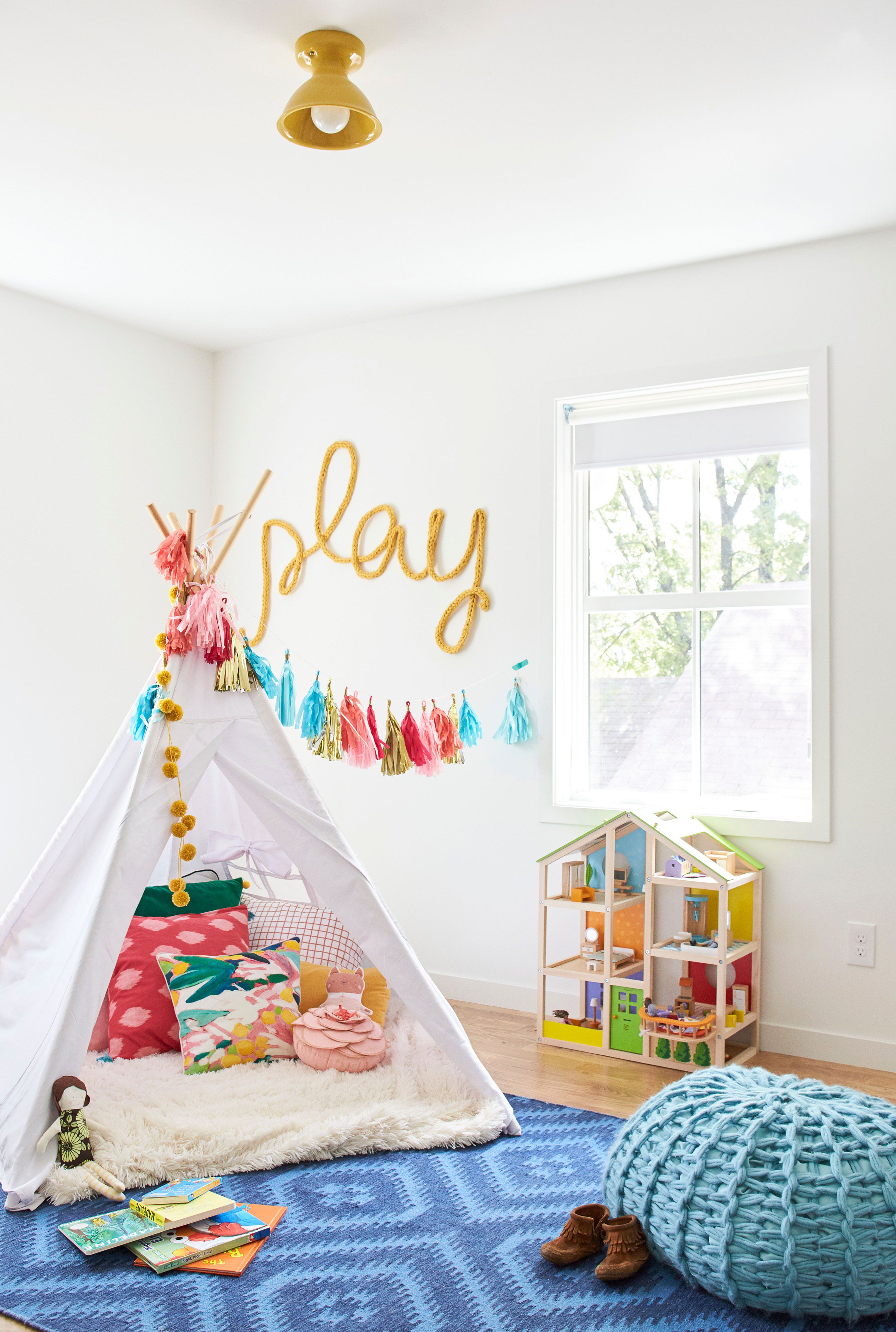When it comes to designing a playroom, the goal is to create a space that not only entertains but also inspires creativity and learning. Playroom decor should be a blend of functionality and fun, catering to the needs of children while also fitting into the overall aesthetic of your home. Whether you're starting from scratch or looking to refresh an existing space, there are countless ways to transform a playroom into a magical retreat. From vibrant color schemes to interactive furniture, let's dive into some exciting ideas that will make your playroom a favorite spot in your home.
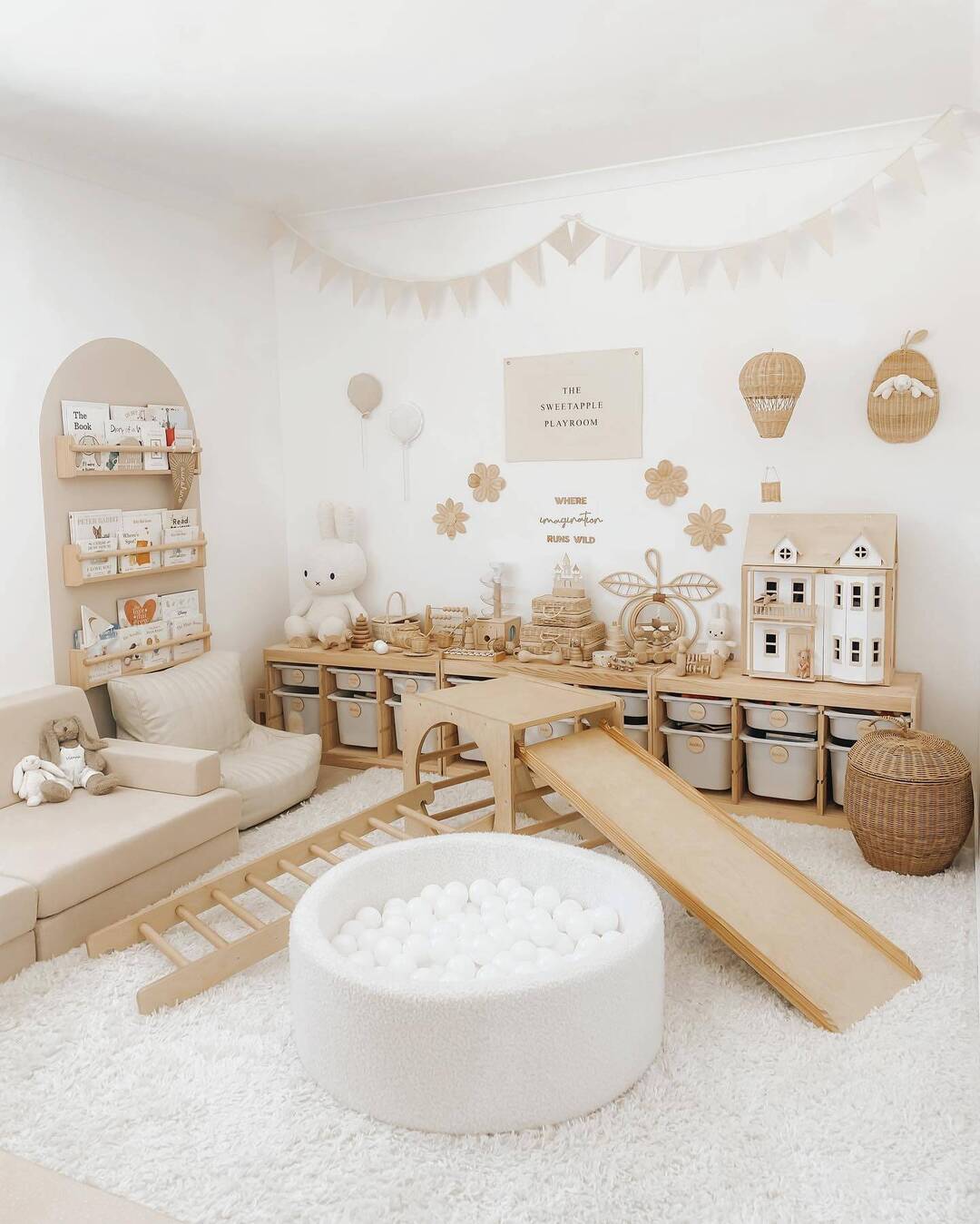
1. Color Schemes for Playroom Decor: Choosing the right color scheme is essential in setting the tone of the playroom. Bright, bold colors can energize the space, while soft, pastel shades create a calming environment. Consider incorporating a mix of both to strike a balance between stimulation and relaxation. You can also use wall decals or murals to add a playful touch without overwhelming the room. Experiment with different combinations to find what works best for your child's personality and interests.
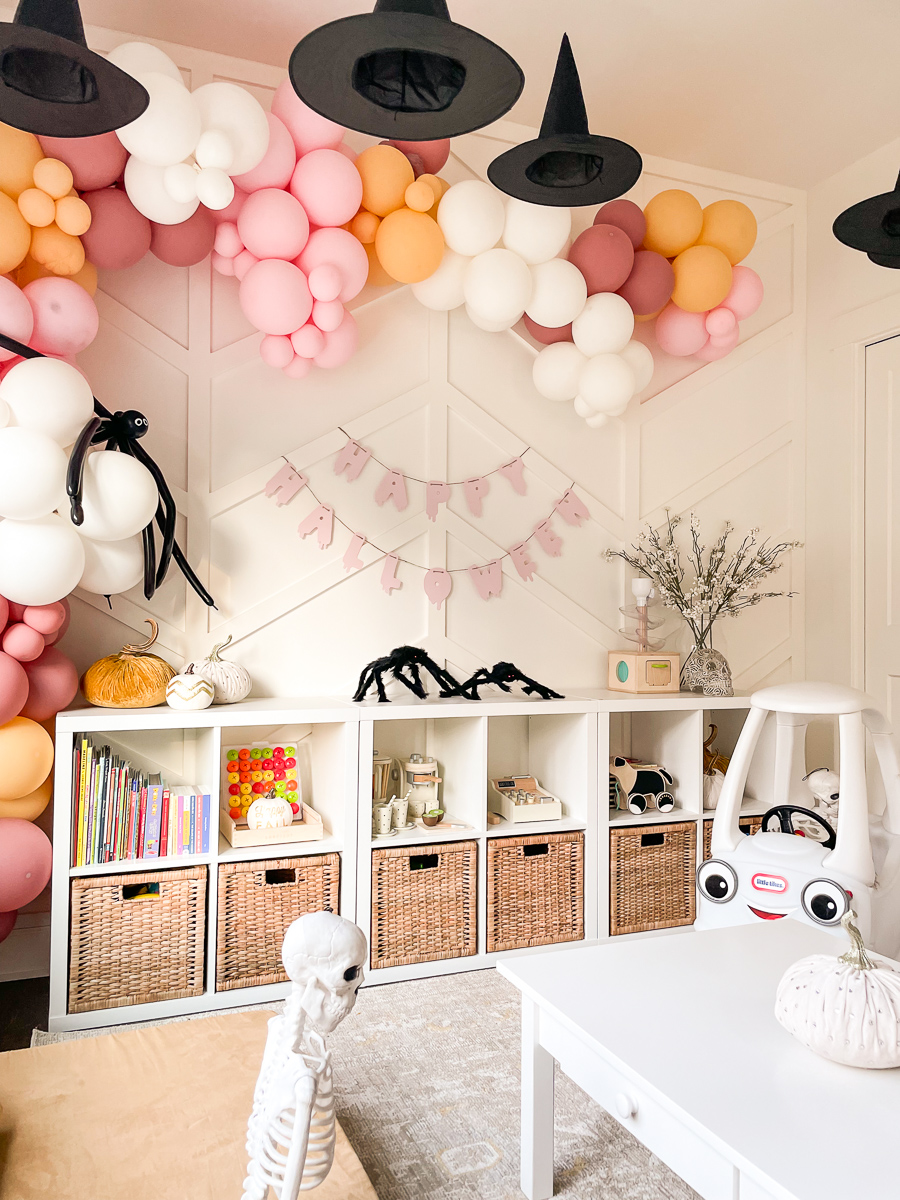
2. Fun and Functional Furniture: Playroom furniture should be as functional as it is fun. Look for pieces that offer storage solutions, like shelves and bins, to keep toys organized and accessible. Multi-purpose furniture, such as a play table that doubles as storage or a cushioned ottoman that can be used for seating and storage, can maximize space and add a touch of whimsy to the decor. Choose furniture that is durable and easy to clean, as playrooms can often see a lot of action!
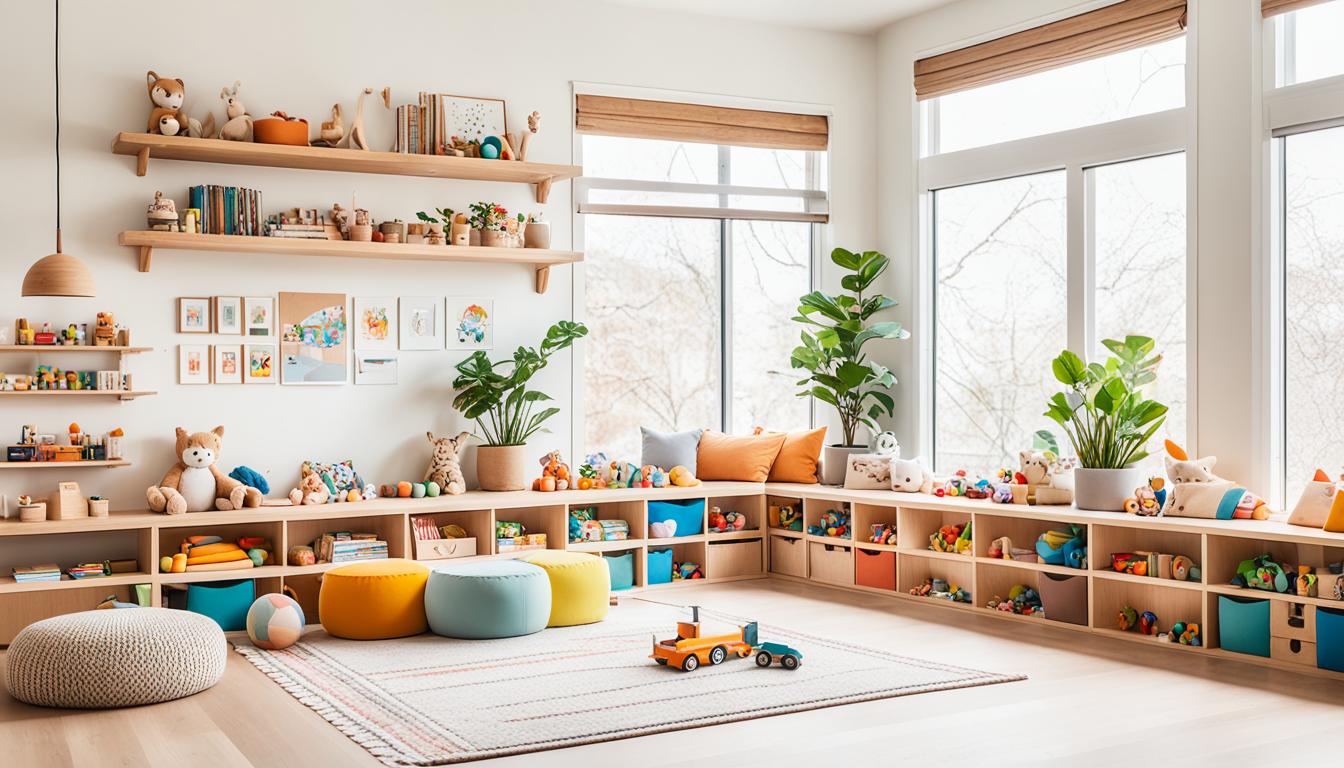
3. Interactive Wall Decor: Interactive wall decor is a fantastic way to engage children and encourage their creativity. Chalkboard walls, magnetic boards, and pegboards are all great options that allow kids to draw, write, and display their artwork. You can also add a gallery wall with framed art, inspirational quotes, or rotating displays of your child's latest creations. This not only makes the room more dynamic but also provides a sense of accomplishment and pride for the little ones.
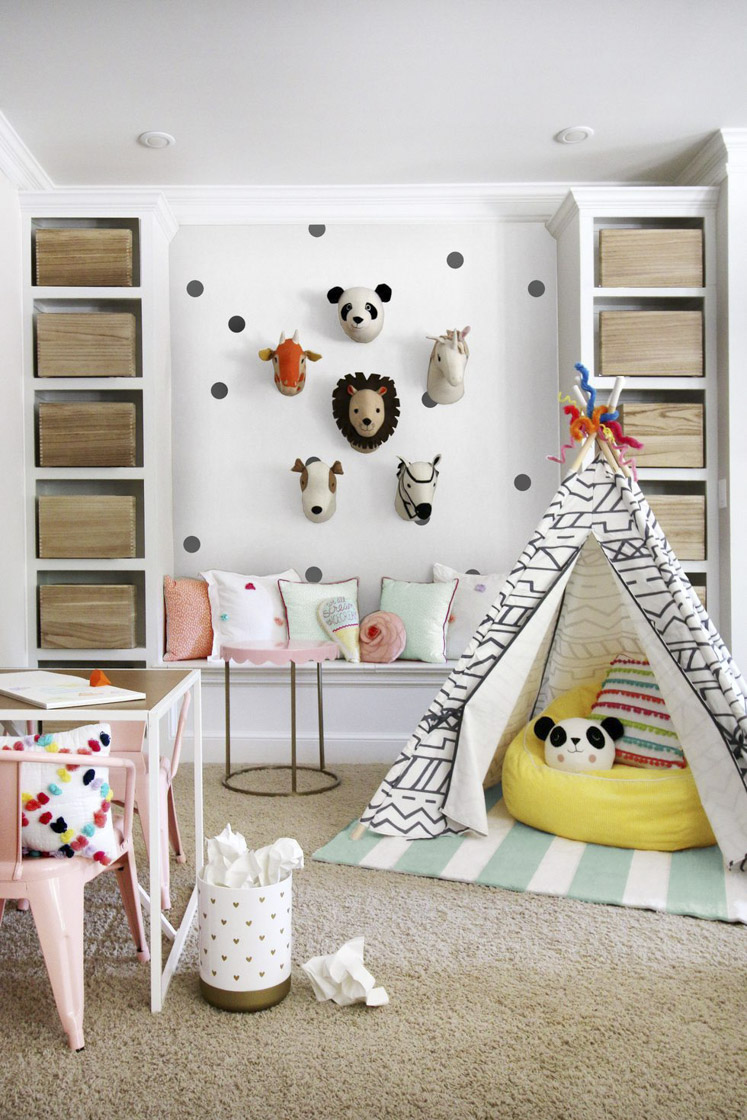
4. Themed Play Areas: Creating themed play areas can make the playroom feel like a mini-adventure land. Whether it's a cozy reading nook, a miniature kitchen, or a space for building and construction, themed zones can cater to different interests and activities. Use themed rugs, curtains, and accessories to enhance the ambiance and make each area distinct. This approach not only adds visual interest but also helps in organizing the space for various activities.
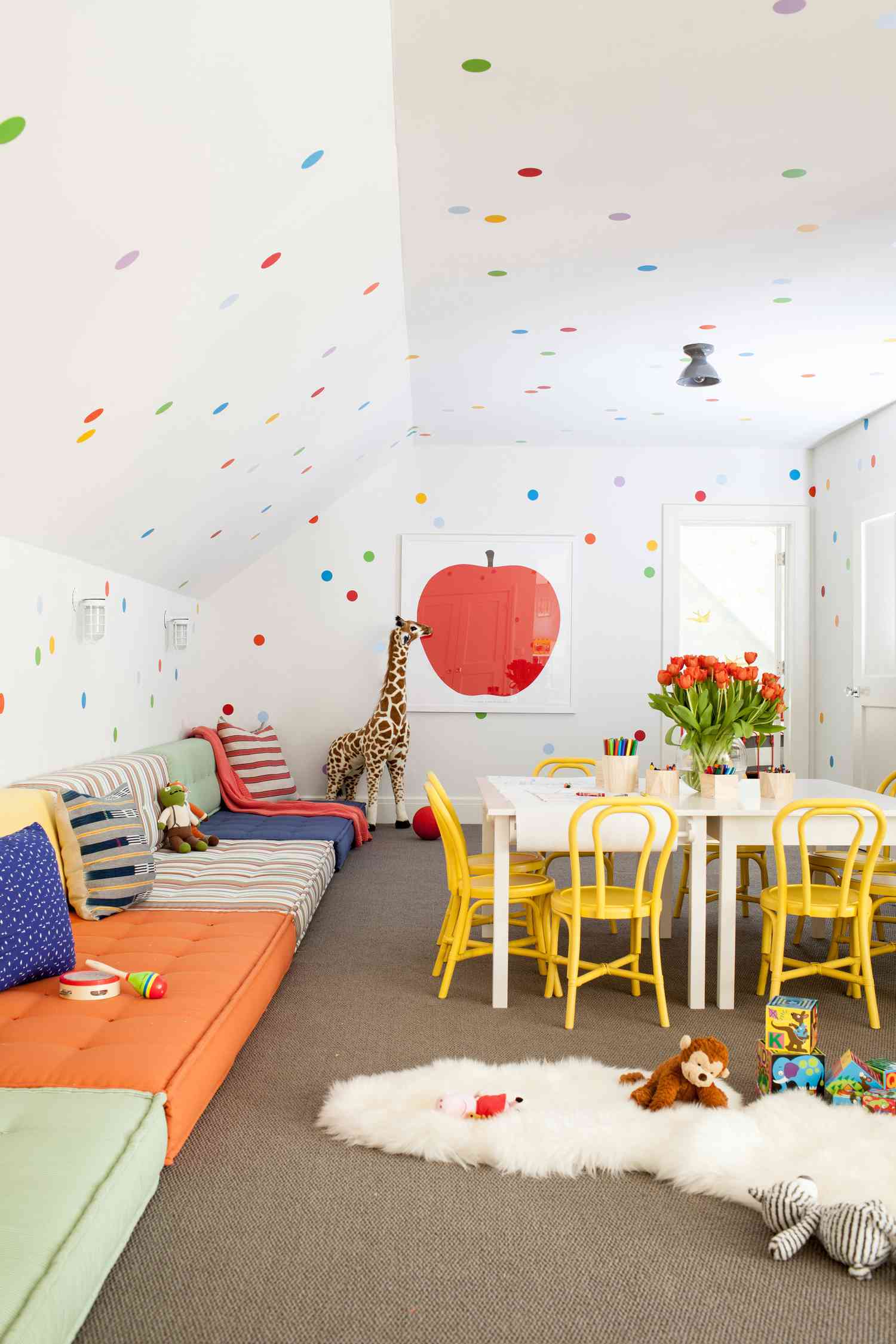
5. Soft and Cozy Textiles: Incorporating soft textiles into the playroom decor adds comfort and warmth to the space. Plush rugs, colorful cushions, and cozy throws can make the room feel inviting and snug. Look for textiles that are easy to clean and durable, as they will likely be subjected to spills and rough play. Layering different textures can also create a more dynamic and engaging environment.
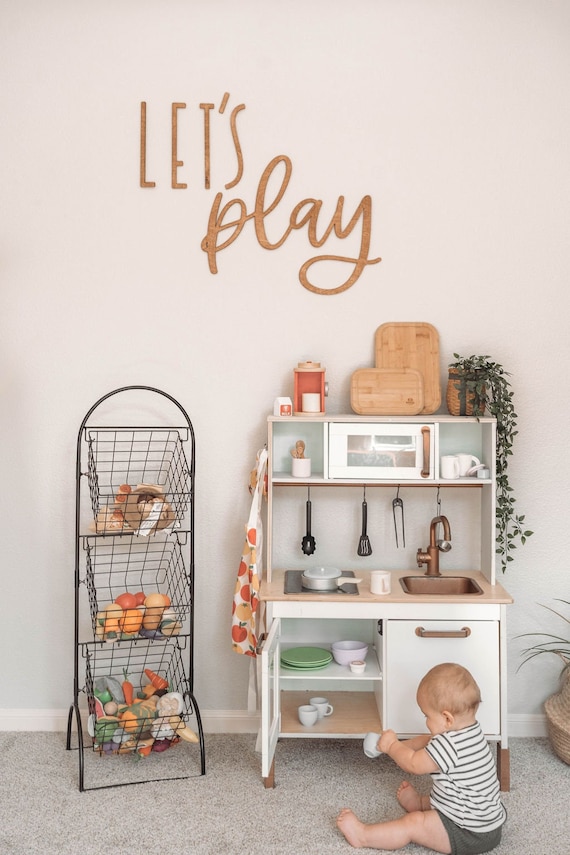
6. Creative Lighting Solutions: Lighting plays a crucial role in setting the mood of the playroom. Consider a mix of natural and artificial lighting to create a bright and cheerful atmosphere. Fun light fixtures, such as string lights, pendant lamps, or themed night lights, can add a touch of magic and make the space feel more playful. Ensure that the lighting is adjustable to accommodate different activities and times of day.
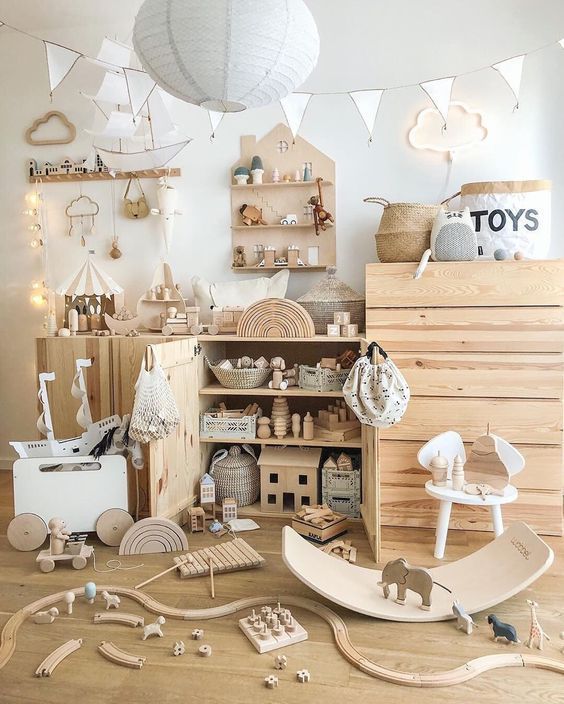
7. Personalized Touches: Adding personalized touches to the playroom decor can make the space feel uniquely theirs. Custom name signs, monogrammed items, or personalized artwork can create a sense of ownership and belonging. Involve your child in the decorating process by letting them choose some of the decor elements or contributing their artwork. This not only makes the room special but also fosters a sense of pride and creativity.
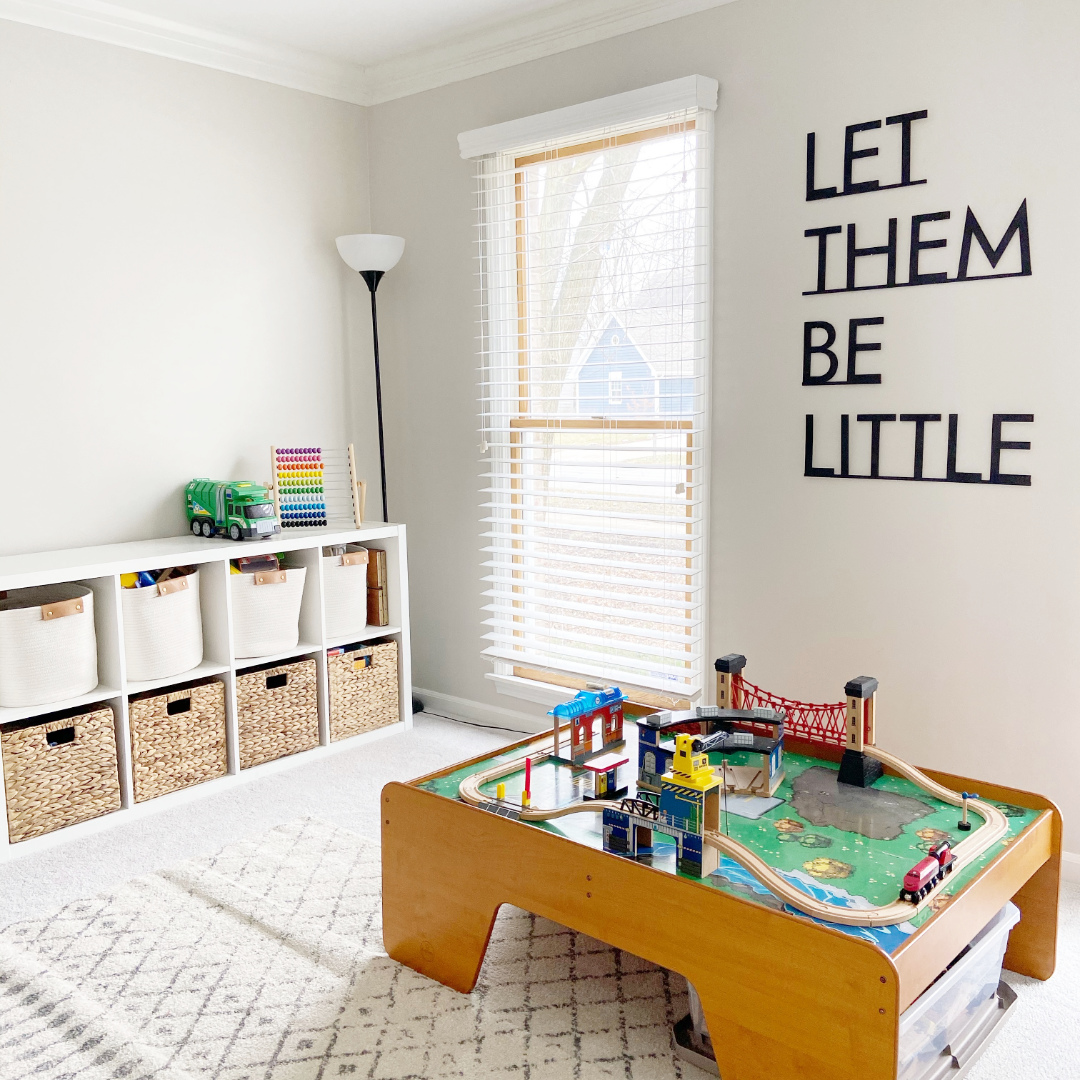
8. Storage Solutions for Toys: Effective storage solutions are essential in maintaining an organized and clutter-free playroom. Utilize shelves, bins, and baskets to keep toys, books, and games neatly stored yet easily accessible. Labeling storage containers can help teach organization skills and make it easier for kids to tidy up after playtime. Consider incorporating built-in storage units to make the most of the available space.
